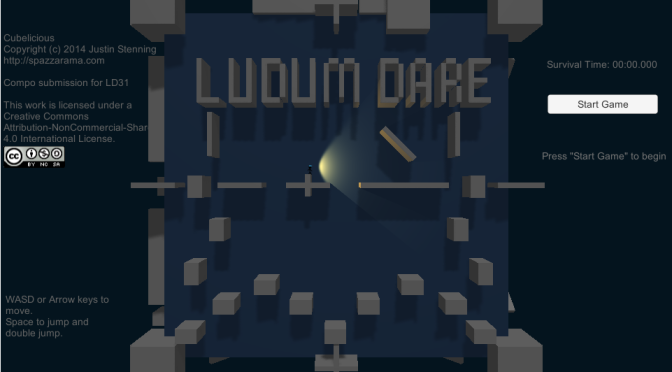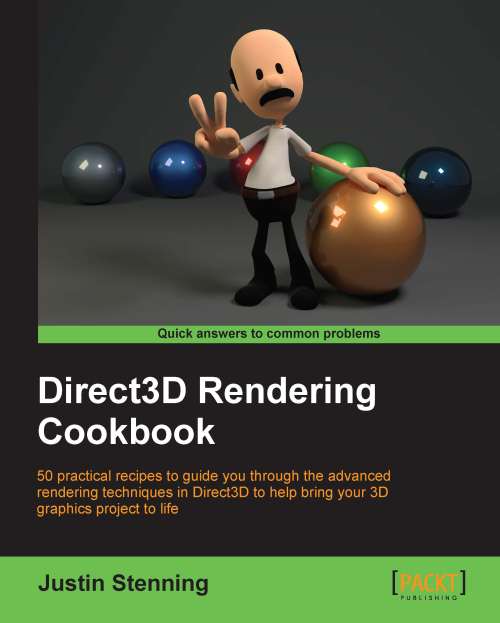About the SharedMemory library
The SharedMemory class library provides a set of C# classes that utilise a non-persisted memory-mapped file for very fast low-level inter-process communication (IPC) to share data using the following data structures: buffer, array and circular buffer (also known as a ring buffer).
SharedMemory uses the MemoryMappedFile class introduced in .NET 4, and provides a partial P/Invoke wrapper around the Windows API for versions prior to this. The library was originally inspired by the following CodeProject article: “Fast IPC Communication Using Shared Memory and InterlockedCompareExchange“.
The library abstracts the use of the memory mapped file, adding a header that includes information about the size of the shared memory region so that readers are able to open the shared memory without knowing the size before hand. A helper class to support the fast copying of C# fixed-size structures in a generic fashion is also included.
The project source can be found on GitHub, with binaries available via Nuget.
What is a memory mapped file?
A memory-mapped file is an area of virtual memory that may have been mapped to a physical file and can be read from and written to by multiple processes on the same system. The file or portions thereof are accessed via views to one or more processes as a contiguous block of memory. Each view can then be read/written to using a memory location.
A memory-mapped file can be created as one of two types:
- persisted: mapped to a physical file, and
- non-persisted: in-memory only, commonly used for inter-process communication (IPC).
A memory-mapped file is referenced using a unique name, unlike named pipes however a memory-mapped file cannot be accessed directly over a network.



